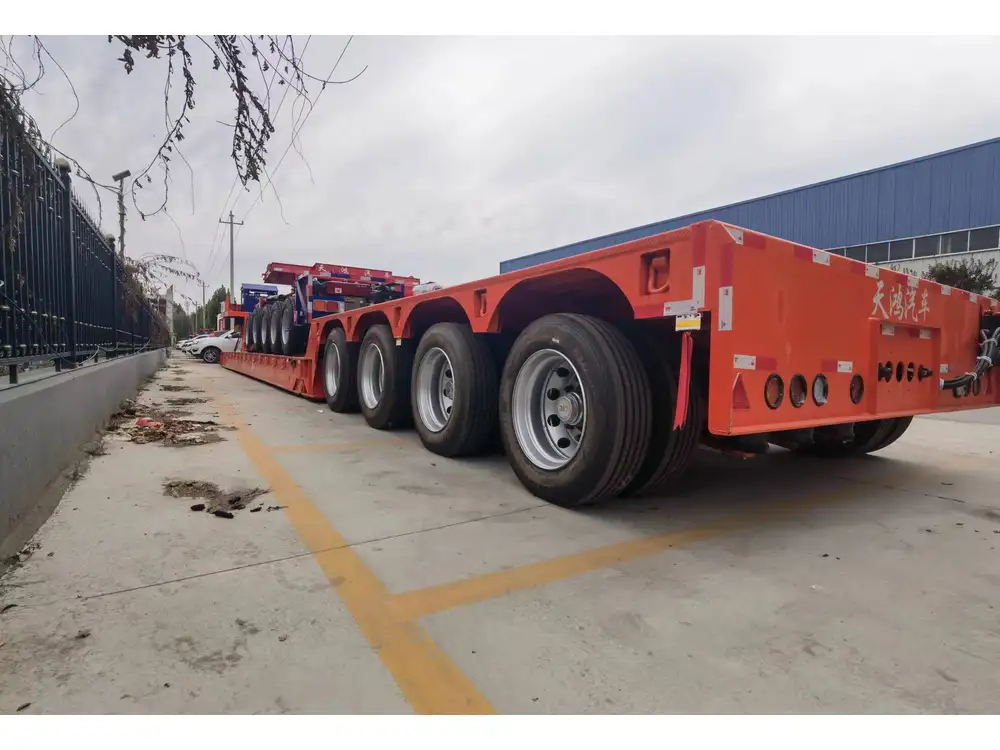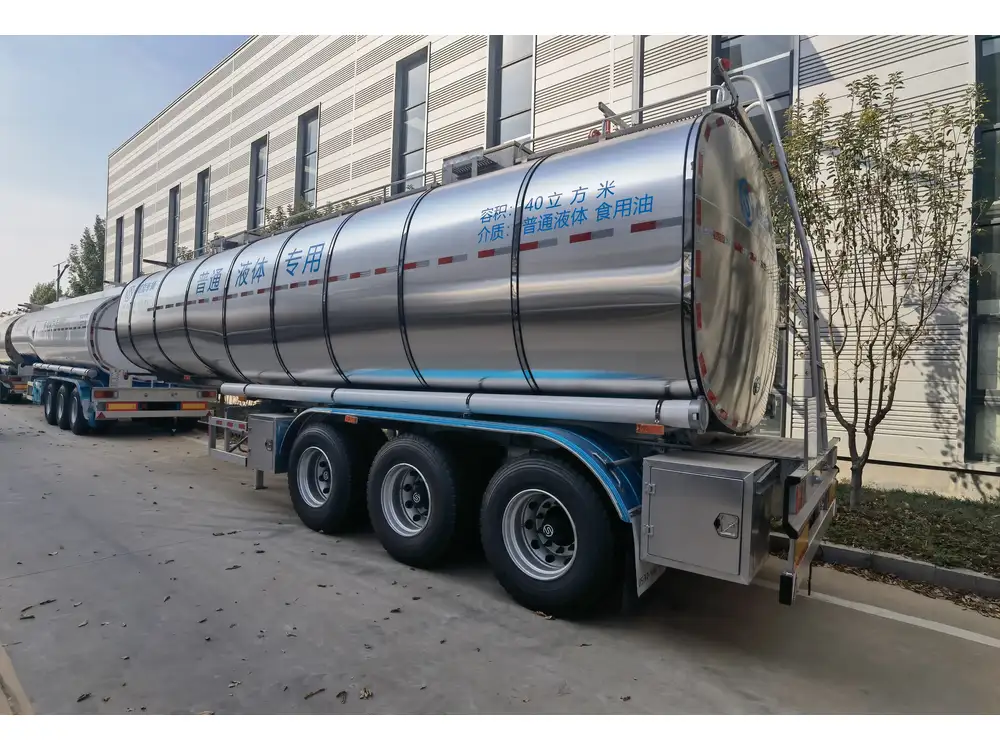Building a 16 ft flatbed trailer can be both a rewarding and practical endeavor, particularly if you’re looking to haul larger loads without the expense of purchasing a commercially manufactured unit. By following a systematic and detailed approach, we can ensure that your trailer meets your specific needs while remaining sturdy and reliable. Let’s dive into the step-by-step process, with essential insights, considerations, and tips that can enhance the experience.
Table of Contents
- Tools and Materials Required
- Designing Your Flatbed Trailer
- Building the Trailer Frame
- Assembling the Decking
- Installing the Axle and Wheels
- Finishing Touches: Lights and Safety Features
- Trailer Registration and Legal Considerations
- Frequently Asked Questions
Tools and Materials Required
Before beginning the construction of your flatbed trailer, ensure you have the right tools and materials at hand. Below is a comprehensive list:
| Tools | Materials |
|---|---|
| Welder (MIG or Stick) | Steel Tubing (2×4, 2×6, etc.) |
| Angle Grinder | Axles (rated for the trailer) |
| Drill and drill bits | Wooden planks (for decking) |
| Tape measure | Bolts and nuts (grade 5 or higher) |
| Level | Trailer coupler and safety chains |
| Safety gear (gloves, goggles) | Paint or Rust-Preventive Coating |

Designing Your Flatbed Trailer
Trailer Dimensions and Specifications
A 16 ft flatbed trailer requires careful planning to ensure it meets your hauling needs while adhering to safety standards. The dimensions play a critical role in its functionality. Consider the following:
- Length: 16 ft is the primary measure, but also consider the width (typically 6-8 ft) and height (usually around 24-36 inches off the ground).
- Weight Capacity: Assess the maximum load based on your axle’s capacity.
- Purpose: Will it be used for transporting vehicles, equipment, or other heavy loads?
Weight Distribution and Capacity
Understanding weight distribution is vital for safety and handling. Some key points to consider include:
- Axle Placement: Typically, the axle should be located around 60% from the front to maintain balance.
- Load Distribution: Evenly distribute your load across the trailer to avoid swaying or tipping when in motion.

Building the Trailer Frame
Selecting Frame Materials
Your trailer frame serves as its backbone; thus, choosing the right materials is essential. Common materials include:
- Steel: Known for durability and strength. Square tubing is often preferred for its structural integrity.
- Aluminum: Lighter than steel but can be more costly. Ideal for reducing overall trailer weight.
Welding Techniques and Safety
If you opt for welding your trailer frame:
- Preparation: Clean all metal surfaces before welding.
- Technique: Maintain a steady speed and keep the welding torch at the correct angle.
- Safety: Always wear protective gear—helmet, gloves, and long sleeves—to shield yourself from burns and sparks.

Assembling the Decking
With the frame completed, the next step involves the decking, which provides a surface for your load.
- Material Choice: Plywood or composite materials are common for decking. Pressure-treated wood offers resistance against rot.
- Installation: Use weather-resistant screws to secure the decking to frame cross members effectively. Ensure that the boards fit snugly together to minimize gaps.
Installing the Axle and Wheels
The inclusion of the axle and wheels significantly impacts the trailer’s functionality.
- Mount the Axle: Position the axle according to the pre-measured placements based on your design.
- Attach Leaf Springs: If applicable, connect the leaf springs to the axle to support the weight while allowing suspension.
- Install Wheels: Ensure that the wheel and tire combination matches the axle specifications. Secure tight with bolts and ensure the tires are properly inflated.
Finishing Touches: Lights and Safety Features
An effective flatbed trailer requires the addition of lights and safety features to comply with traffic regulations.
- Lighting: Install tail lights, brake lights, and turn indicators according to your local state laws. LED lights are recommended for their longevity.
- Safety Chains: Attach safety chains between the trailer and towing vehicle in case of hitch failure.
- Reflectors and Markings: Add reflective tape or markers at the edges for visibility during the nighttime.

Trailer Registration and Legal Considerations
Once construction is complete, the trailer must be registered with the appropriate governmental authority. Requirements vary by state but generally include:
- VIN Assignment: Make sure you allocate a Vehicle Identification Number (VIN) to your trailer.
- Weight Inspection: You may be required to weigh your trailer to determine its registration category.
- Insurance: It’s advisable to insure your trailer against potential damages or accidents.
Frequently Asked Questions
What is the best material for a flatbed trailer?
Steel is often preferred due to its strength, but aluminum can be a favorable option for reducing weight, especially if you’re concerned about towing efficiency.

How much does it cost to build a flatbed trailer?
The cost can vary widely based on materials and design complexity, but expect to spend anywhere from $1,500 to $3,500 for a DIY project.
How do I maintain my flatbed trailer?
Routine maintenance includes checking the lights, ensuring tires are properly inflated, inspecting brakes, and periodically repainting to prevent rust.
Is there a weight limit for my trailer?
Yes, weight capacity depends largely on the axle ratings and frame construction. It’s crucial to consult the axle manufacturer’s specifications to avoid overloading.

Can I customize the size of my trailer?
Absolutely! Tailoring the size and design to suit your particular hauling needs is one of the main benefits of building your own trailer.
By following this detailed guide, you can successfully construct a sturdy and reliable 16 ft flatbed trailer tailored to meet your hauling requirements. Whether for personal use or for a small business, this project not only saves costs but also offers a sense of accomplishment. Remember that safety and compliance with regulations are paramount throughout the process. Happy building!



